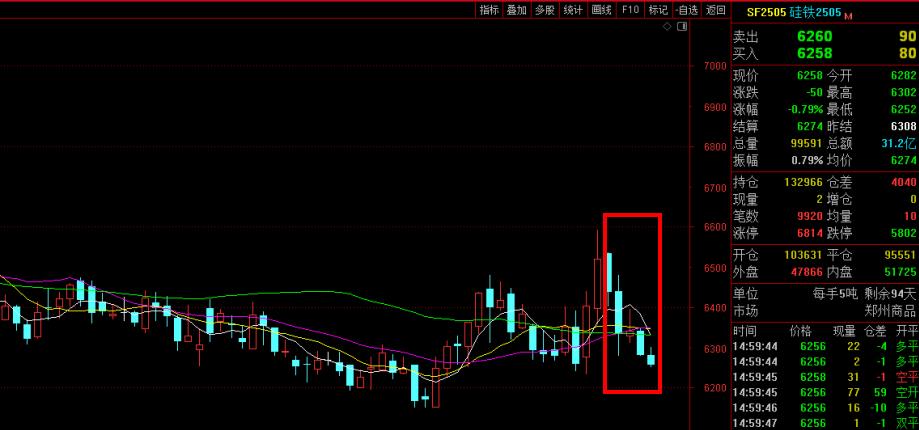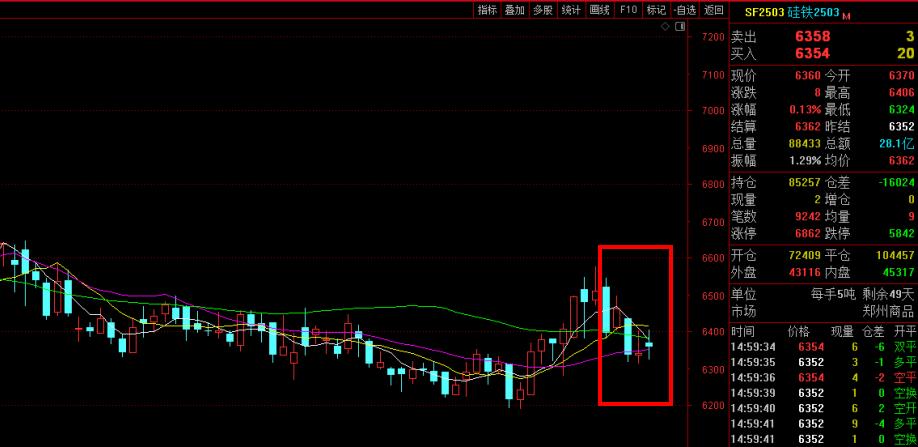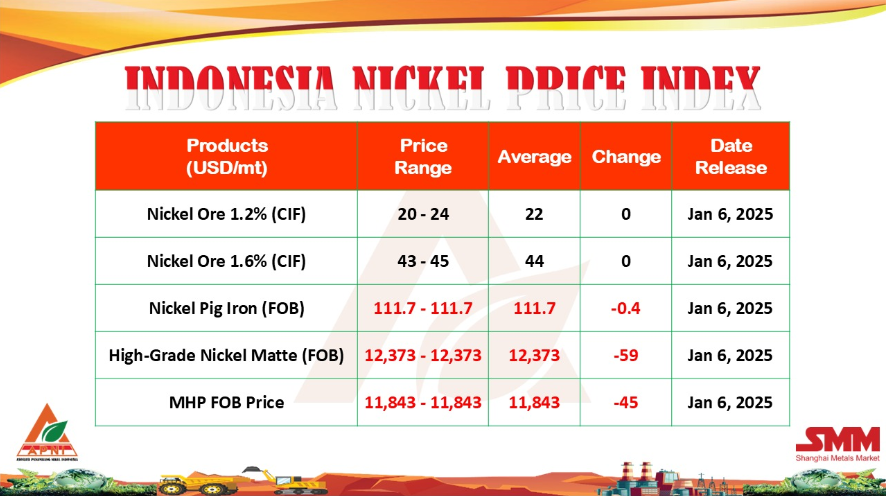[ferro-alloys.com]China’s imports of industrial metals are booming.
Refined copper imports hit an all-time high of 494,000 tonnes in June and accelerated again in July with the preliminary trade figures implying another record high of 530,000 tonnes.
Imports of unwrought aluminum, a mixture of primary metal and alloy, surged to 254,000 tonnes in June.
China’s trade in primary aluminum is normally minimal with imports and exports largely cancelling each other out, while the country has historically been a net exporter of alloy.
The only precedent for such a dramatic shift to net aluminum importer is back in 2009, when China came to the rescue of metal markets devastated by the impact of the global financial crisis.
The comparisons between the current covid-19 crisis and the credit meltdown a decade ago are accumulating.
But this may be a case of history rhyming with itself rather than repeating itself.
While many of the drivers behind China’s import surge are similar to those at work back in 2009, there is one important difference, namely the supply disruption that has followed the spread of the fatal coronavirus around the globe.
Supply disruption
There was no comparable wave of supply hits in the global financial crisis but rather a drip-drip of price-related closures.
Market forces have taken a toll on higher-cost miners this time around as prices plunged in the first quarter of the year.
But the bigger impact has come from national lockdowns and quarantine measures in countries supplying China with raw materials.
China’s imports of copper and aluminum scrap have collapsed by 50% and 54% respectively so far this year.
Scrap collection networks around the world have seized up and the resulting loss of supply has been compounded by China’s own flip-flopping on its scrap import purity rules.
The country is the world’s largest processor of old scrap into new copper and a major user of new scrap at the product manufacturing stage of the supply chain.
Scrap tightness is one important driver of China’s increased appetite for copper in refined metal form. The loss of aluminium scrap, meanwhile, is manifest in the dramatic turnaround in alloy trade flows.
Flows of metal concentrates from producer nations such a Peru have also been disrupted by lockdown.
Copper concentrate imports were flat year-on-year in the first seven months of 2020, a constrained outcome given China’s continuing build-out of smelter capacity and the consequent need for higher raw materials imports.
Lead concentrate imports fell by 25% in the first half of this year, compounding the scrap impact on a market that is heavily dependent on recyclable material.
Refined lead imports were subdued in the first part of 2020 but jumped to almost 10,000 tonnes in July, the highest monthly total since March 2019.
Zinc concentrate imports remained strong over most of the first half, up 42% on last year in bulk tonnage terms, but June’s imports slumped to a one-year low in June as shipments from locked-down Peru all but evaporated.
Refined metal imports were also running at a subdued level until June, when inflow jumped to a 10-month high of 65,000 tonnes.
Tin provides the clearest example of raw materials constraints feeding into the refined metal market.
Flows of tin concentrate, largely from mines in Myanmar, fell another 8% in January-June, extending a long-running downtrend. The combination with closures of some of China’s own mines has seen the country lift imports of refined tin to 9,400 tonnes from just 1,000 tonnes in the first half of 2019.
Indeed, China has flipped back from net exporter in 2018 and 2019 to net importer of the soldering metal.
Exuberance
Broken or damaged supply chains are the main differentiator, and an unambiguously bullish one, between this and the last crisis.
However, other drivers behind China’s import surge look remarkably similar.
Now, as then, China’s giant manufacturing sector has led the global recovery thanks to Beijing’s infrastructure-heavy stimulus.
That in turn has fed bullish exuberance on Chinese metal markets even while the rest of the world has gone into covid-19 meltdown. The resulting outperformance of Shanghai contracts such as aluminium has forced open an arbitrage window, through which increasing tonnages are now heading to China.
Now, as then, local Chinese prices have been artificially lifted by state purchases of unsold metal and stockpiling by regional governments lending a helping balance-sheet hand to local producers.
Now, as then, there is a strong sense of a speculative stock surge overlaying the industrial restocking exercise currently underway.
And just to heighten the sense of collective deja-vu, there is much speculation that the Chinese state is itself stockpiling copper.
The State Reserves Bureau is a secretive organisation so the speculation remains just that but every copper trader knows that the Bureau’s strategic purchases were a big part of the copper price rally from the 2009 lows below $3,000 per tonne to the all-time high of $10,190 in the second quarter of 2011.
There’s certainly no denying that the scale of China’s copper imports so far this year exceeds any analysts’ estimate of a “normal” industrial restocking cycle.
Soaking up surplus
The real impact of China’s renewed hunger for refined metal, however, is playing out in the international market.
LME copper stocks are currently low at 114,575 tonnes with more than half of that earmarked for physical load-out.
Such depleted inventory seems anomalous given the massive hit to demand that has occurred this year until you consider that China imported 440,000 tonnes more copper on a net basis in the first half of this year than last year.
That’s 440,000 tonnes that in all likelihood won’t be coming back again and July’s record tally will have lifted that figure significantly higher.
Similarly with aluminum. State research house Antaike is expecting primary imports of 400,000 tonnes this year, not enough to wipe out the expected surplus outside of China, but certainly sufficient to dent it.
How long these supercharged Chinese imports can continue remains to be seen.
But for now, it looks like China is coming to the rescue of industrial metal markets.
Again.
(Mining.com)
- [Editor:王可]



 Save
Save Print
Print Daily News
Daily News Research
Research Magazine
Magazine Company Database
Company Database Customized Database
Customized Database Conferences
Conferences Advertisement
Advertisement Trade
Trade














 Online inquiry
Online inquiry Contact
Contact

Tell Us What You Think